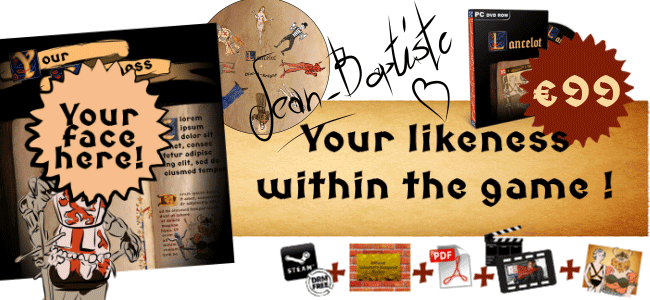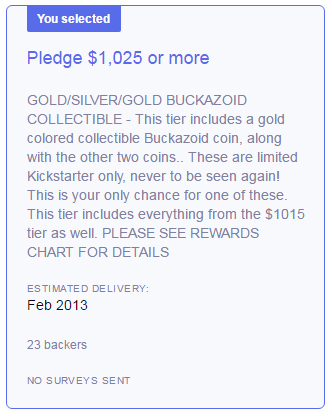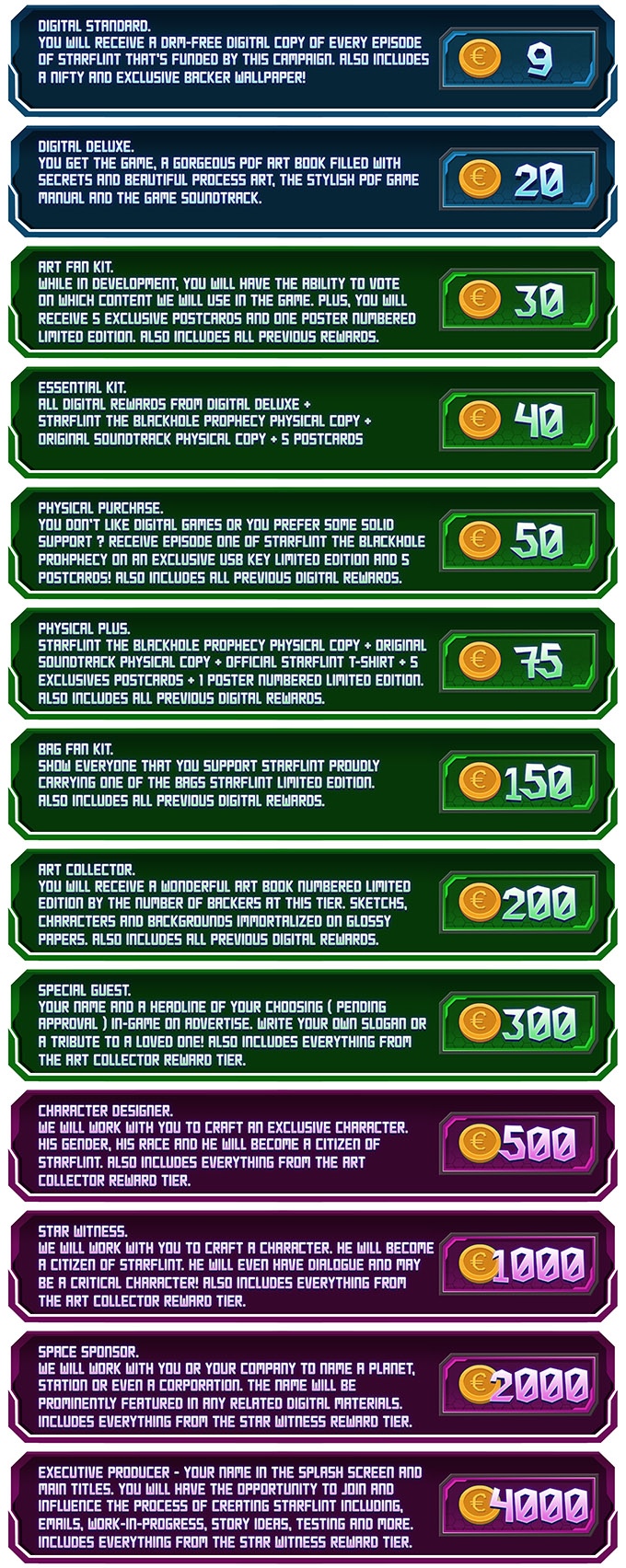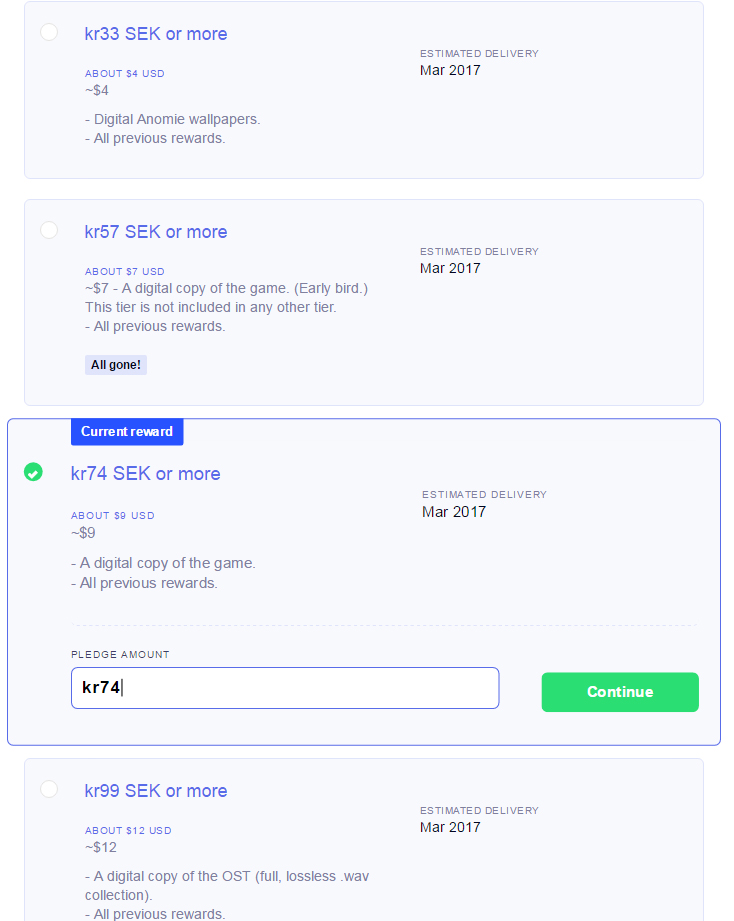In a previous Kickstarter Primer feature I talked about add-ons and how they work. But, I didn’t tackle the reward tiers themselves. These are essentially the “base” pledge levels where everyone who picks it gets what’s listed in that level. Usually everything at the tiers below it.
Today I wanted to discuss how these work, and give some important information on what they are. I talk in more detail both in the video below, which contains a step-by-step guide as to how to select a tier and lock it in, as well as in the third episode of the latest Space Quest Historian podcast season.
As I mentioned, reward tiers are essentially your chosen “package.” Where add-ons are more like “toppers,” these are the full meal, so to speak. Most of the time these will include things like copies of the game, soundtracks, art books, maybe t-shirts and other physical swag, and the like. Most of the time you’ll also see at least one or more “in-game” items available. Usually your name in the credits but also cameos and possibly even speaking parts. In my experience these are the most quickly sold out “limited tiers” as who doesn’t want to be immortalized in a game?
When it comes to offering reward tiers one of the most important things to take into account is how much time and money it’ll take to manufacture and produce a physical item or to develop a digital item. Production and shipping costs do add up so it’s important to take that into account when you toss it into one of the reward levels. Some projects even completely forgo physical swag altogether or limit it to just a couple items just to cut down these costs. This is just a fair warning to any potential future project creators out there.
Outside of making sure everything is in the right place it’s highly recommended, almost required, to include some sort of “reward matrix” so that the tier descriptions don’t confuse backers. Especially if you keep adding more as time goes on or you have a lot to pick from. My favorite is the sort of “spreadsheet” approach where each line shows what you get at each tier. Usually marked off by an “X” or a check mark or something. Alternatively, a graphical list will work too. The important thing is that backers don’t want to be confused by what they’re getting.
For backers, reward tiers are the things that make us want to pledge to a crowdfunding campaign beyond just wanting to see a game become a reality. Offering tantalizing items at reasonable “prices” is usually enough to get people to put in more than just enough to get a copy of the game, usually at a “discount” from what the retail price will hopefully be. As for me, if it’s a game that I’m heavily invested in I tend to at least go in for a physical disc if not an in-game cameo. You’d be surprised how popular those are.
Anyway, I can go on for days talking about reward tiers and there’s a lot more that can be said about this topic alone. Perhaps in a future edition of Kickstarter Primers I might revisit this if there’s enough interest. For now, these basics should be enough for both backers and creators to get an idea of what reward tiers are. Enjoy the video! The step-by-step instructions are at the end.
https://www.youtube.com/watch?v=9DKb7OvwG9k








